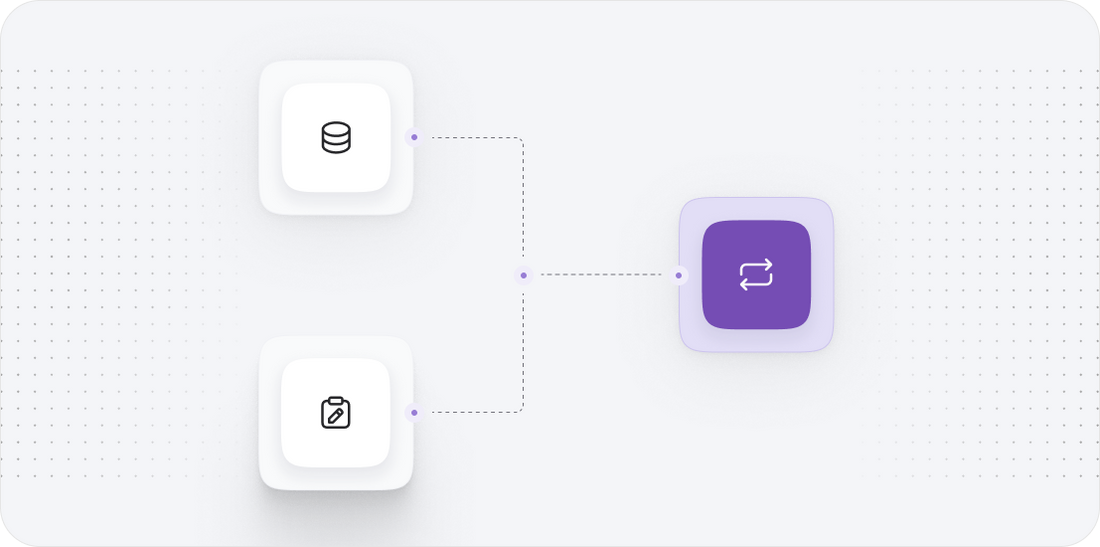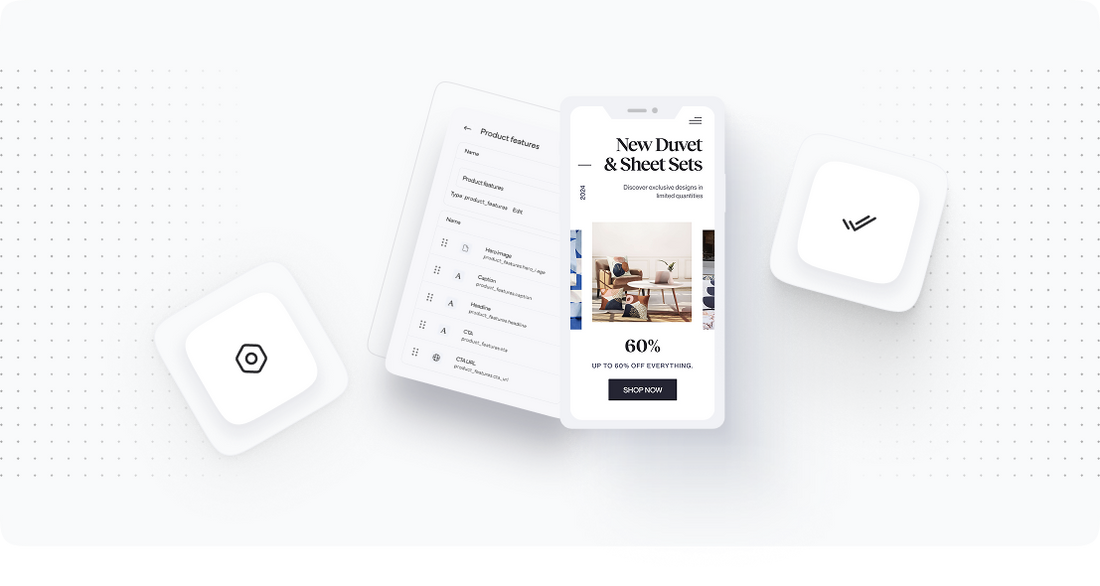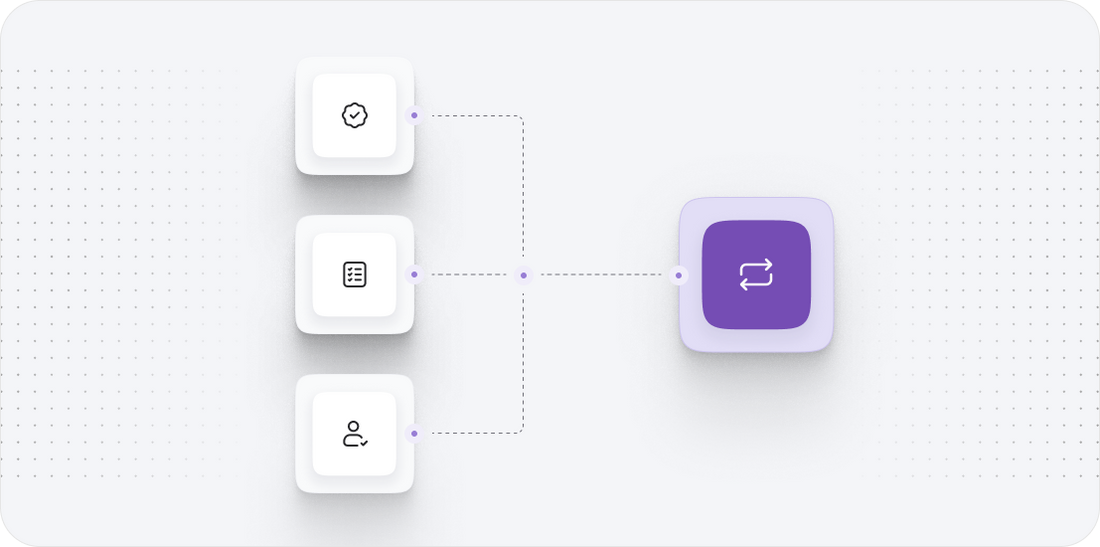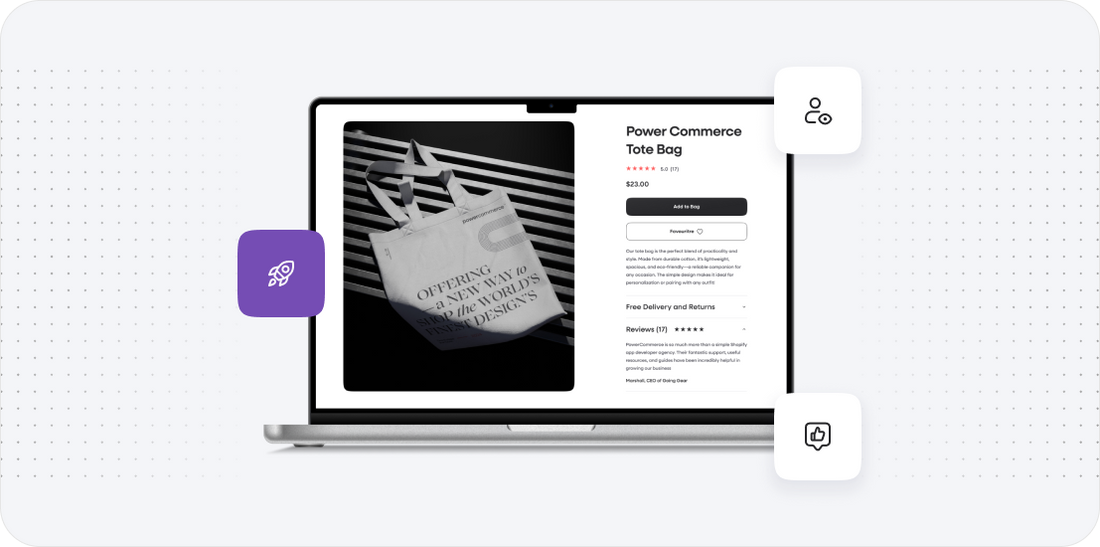





Ideasoft to Lightspeed
Migrating your store from Ideasoft to Lightspeed might seem daunting, but with proper planning and the right tools, it's a smooth process. Follow this step-by-step guide to ensure a successful transition.
Schedule a call
Step-by-Step Migration Guide: IdeaSoft to Lightspeed migration guide
Step 1: Prepare Your Existing IdeaSoft Data for Migration
In this initial step, we ensure that all your data from IdeaSoft is properly organized and ready for export, setting the stage for a smooth migration to Lightspeed.
Step 2: Set Up Your Lightspeed Account
In this step, we guide you through creating and configuring your Lightspeed account to align with your business needs and prepare for data import.
Step 3: Import Your Data into Lightspeed
Here we detail the process of importing your cleaned data from IdeaSoft into your newly configured Lightspeed account, ensuring a smooth transition.
Step 4: Test Your New Lightspeed Store
In this step, we emphasize the importance of testing your new Lightspeed store to ensure all functionalities are working correctly post-migration.
Step 5: Optimize Your Lightspeed Store for Performance
In this step, we focus on optimizing your Lightspeed store for better performance, enhancing user experience and operational efficiency post-migration.
Step 6: Launch Your New Lightspeed Store
In this step, we prepare for the official launch of your Lightspeed store, ensuring everything is ready for customer access and sales.
Step 7: Post-Launch Analysis and Adjustments
In this final migration step, we analyze the performance of your new Lightspeed store post-launch, making adjustments based on real user feedback and data.
Power Your Step - Get in Touch
Ready to embark on your migration journey? Contact PowerCommerce for expert assistance and guidance tailored to your ecommerce needs.
Step 1: Prepare Your Existing IdeaSoft Data for Migration
Before we initiate the migration from IdeaSoft to Lightspeed, it is critical to prepare your existing data for a seamless transition. This step involves several sub-steps to guarantee that all necessary information is captured and formatted correctly for import into Lightspeed.
The primary objective of this step is to ensure data integrity and consistency, which are vital for maintaining your store’s operations post-migration. By carefully exporting your data, we minimize the risk of loss or corruption during the transfer process.
Follow these detailed steps:
- Log into your IdeaSoft account: Access your account dashboard to view all data categories, including products, customers, orders, and any additional custom data you may have.
- Export data: Use the built-in export feature to download your data. Ensure to export the following categories:
- Products (including descriptions, prices, images, SKUs)
- Customer information (names, emails, addresses)
- Order history (including order IDs, products, quantities, order status)
- Any custom fields or data necessary for your business operations
- Review the exported files: Open the downloaded CSV or Excel files to verify that all data has been captured accurately without missing entries.
- Clean your data: Remove any unnecessary or duplicate entries to streamline the migration process. This may involve correcting formatting issues, especially for dates and numeric fields.
- Backup your data: Before moving forward, ensure you have a secure backup of all your data in a separate location to prevent any potential losses during migration.
By completing this preparation step, we set a strong foundation for the subsequent migration to Lightspeed, ensuring that all necessary data is readily available and accurately formatted for a successful import.

Step 2: Set Up Your Lightspeed Account
Setting up your Lightspeed account is a crucial step in the migration process. It serves as the new home for your ecommerce data and functionalities. In this phase, we will create the account and configure essential settings that align with your business operations.
The goal of this step is to ensure that your Lightspeed account is fully optimized and ready to receive data from IdeaSoft. Following these steps will help facilitate a smoother transition:
- Create a Lightspeed account: Visit the Lightspeed website and select the appropriate plan that suits your business needs. Fill in all required information to set up your account.
- Configure store settings: After creating your account, access the store settings where you can customize:
- Your store name and URL
- Currency settings for transactions
- Shipping options and rates
- Tax configurations based on your local laws
- Select a theme: Choose a professional theme that reflects your brand’s identity. Lightspeed offers a variety of customizable templates to enhance your store's appearance.
- Set payment gateways: Integrate payment processors that you plan to use, such as PayPal, Stripe, or others. Ensure that all relevant credentials are correctly entered to enable smooth transactions.
- Review your settings: Go through each configuration to verify accuracy. This step is essential to ensure that your store operates efficiently once data is imported.
By establishing a well-configured Lightspeed account, we prepare the platform to effectively host your migrated data from IdeaSoft, which is essential for maintaining business continuity.

Step 3: Import Your Data into Lightspeed
With your Lightspeed account set up and your data prepared, we can now import your existing data from IdeaSoft into the Lightspeed platform. This step is key to migrating all essential information while maintaining data integrity.
The objective here is to facilitate a seamless import of all data types, including products, customers, and orders, ensuring everything is in the correct format for Lightspeed.
Follow these steps to execute the import:
- Access the import feature: In your Lightspeed dashboard, navigate to the import section. This is typically found under the 'Settings' or 'Data' menu.
- Choose your data type: Select the type of data you wish to import first, such as products, customers, or orders. Start with products for a structured approach.
- Upload your CSV file: Use the 'Upload' option to select the CSV file you exported from IdeaSoft. Ensure that the file is formatted according to Lightspeed’s specifications (this may include specific column headers and data formats).
- Map your fields: Lightspeed will prompt you to map the fields from your CSV to the corresponding fields in the platform. Carefully review and ensure each column aligns correctly to avoid data mismatches.
- Run the import: Initiate the import process. Depending on the volume of data, this may take some time. Monitor for any errors during this phase.
- Verify the imported data: Once the import is complete, review your Lightspeed account to ensure all products, customer details, and orders have been accurately imported and appear as expected.
Completing this import step successfully ensures that all your essential business data is transferred from IdeaSoft to Lightspeed, setting the stage for continued operations.

Step 4: Test Your New Lightspeed Store
After migrating your data into Lightspeed, it is crucial to test your new store thoroughly. This step involves evaluating various aspects of your site to ensure everything operates smoothly and efficiently.
The objective is to verify that all features, including product displays, payment processing, and order management, function correctly, providing an optimal shopping experience for your customers.
Here’s how to conduct your testing:
- Check product listings: Navigate through your product catalog. Ensure all products are displayed correctly, with accurate descriptions, images, prices, and stock levels.
- Test the checkout process: Simulate a complete purchase from selecting a product to completing the checkout. Verify that payment gateways are functioning correctly and that customers receive confirmation emails.
- Review customer accounts: Log in as a customer and check account functionalities. Ensure customers can view their order history, manage their details, and perform any account-related tasks.
- Evaluate site performance: Assess loading speeds and responsiveness on both desktop and mobile devices. Use tools like Google PageSpeed Insights to analyze performance metrics.
- Conduct user acceptance testing: Involve team members or trusted customers to navigate the site and provide feedback on their experience. This can reveal any overlooked issues.
By conducting thorough testing of your Lightspeed store, we can identify and rectify any problems before officially launching, ensuring a smooth transition for your customers.

Step 5: Optimize Your Lightspeed Store for Performance
With your Lightspeed store set up and tested, the next step is to optimize it for performance. This phase aims to enhance the loading speeds, usability, and overall efficiency of your ecommerce site, which is critical for retaining customers and driving sales.
The objective is to implement various strategies and best practices that will improve both the user experience and the backend operations of your store.
Here’s how to optimize your Lightspeed store:
- Use high-quality images: Ensure all product images are optimized for web use. Compress images without losing quality to improve loading times.
- Implement caching: Utilize caching solutions offered by Lightspeed to enhance site speed. This will allow pages to load faster for returning customers.
- Minimize HTTP requests: Limit the number of elements on each page (such as scripts and images) to reduce server requests, which can slow down loading times.
- Enable lazy loading: Implement lazy loading for images and videos, which loads media only when it enters the viewport, improving initial load times.
- Monitor site performance: Regularly use analytics tools to monitor load times and user interactions. Adjust strategies based on data insights.
By optimizing your Lightspeed store, we ensure that it not only performs well but also provides a seamless shopping experience for your customers, ultimately leading to increased conversion rates.

Step 6: Launch Your New Lightspeed Store
After completing the migration and optimization steps, we are now ready to launch your new Lightspeed store. This is a pivotal moment for your business, as it marks the transition to a new platform that will facilitate your growth in the digital marketplace.
The primary objective of this step is to ensure that your store is fully prepared for public access, minimizing any potential disruptions or issues on launch day.
Follow these final launch preparations:
- Set your domain: Ensure your custom domain is correctly configured to point to your new Lightspeed store. Test the domain to confirm that it resolves properly.
- Announce your launch: Create a marketing plan to announce the launch of your Lightspeed store. Use email newsletters, social media, and any other channels to inform your customers.
- Prepare for customer inquiries: Anticipate customer questions or issues that may arise during the launch. Ensure your support team is briefed and ready to assist.
- Monitor site activity: During the initial launch period, closely monitor site traffic and user interactions to quickly identify and address any potential issues.
- Celebrate your launch: Consider hosting a launch event or promotion to celebrate the transition, encouraging customers to visit your new store.
By launching your Lightspeed store with a solid plan in place, we facilitate a successful transition, welcoming customers to a fresh and optimized shopping experience.

Step 7: Post-Launch Analysis and Adjustments
Once your Lightspeed store is live, the next crucial step is to conduct a post-launch analysis. This phase allows us to evaluate how well the store is performing and identify any areas that may require further adjustments.
The goal of this step is to ensure that the new store is not only functional but also optimized for the best possible customer experience and operational efficiency.
Here’s how to conduct your post-launch analysis:
- Analyze traffic data: Use analytics tools to review user traffic patterns, including where visitors are coming from and how they navigate through your site.
- Monitor conversion rates: Track sales and conversion metrics to assess how effectively your site is turning visitors into customers. Identify any drop-off points in the checkout process.
- Collect customer feedback: Encourage customers to provide feedback on their shopping experience. Use surveys or direct communication to gather insights.
- Make necessary adjustments: Based on the data collected, implement changes to improve user experience, such as modifying product listings, enhancing navigation, or adjusting marketing tactics.
- Plan for ongoing optimization: Establish a routine for regularly reviewing performance metrics and making adjustments to ensure your store continues to meet customer needs and expectations.
By performing a thorough post-launch analysis, we can ensure that your Lightspeed store remains competitive and effectively meets the demands of your customers.

Power Your Step - Get in Touch
Are you ready to take the next step in your ecommerce journey? At PowerCommerce, we specialize in providing seamless ecommerce migrations, including from IdeaSoft to Lightspeed. Our team of experts is dedicated to ensuring that your transition is smooth, efficient, and tailored to your specific business needs.
Don’t navigate the complexities of migration alone. Let us empower your ecommerce brand with cutting-edge solutions that drive conversion, optimize performance, and facilitate growth.
- Contact us today: Reach out via our contact form at https://powercommerce.com/contact.
- Call us: Speak directly with our team at 800-099-9090.
- Email us: Send your inquiries to info@powercommerce.com.
With over 15 years of industry expertise and a commitment to integrity, PowerCommerce is your trusted partner in achieving ecommerce success. Let’s power your step together!
Stay aligned on what's happening in the commerce world
Trusted by 1000+ innovative companies worldwide
Schedule Your Migration Today
For businesses prioritizing simplicity, scalability, and robust support, Shopify is the clear winner.
Looking to migrate without hassle? Power Commerce can handle the entire process, ensuring smooth data transfer, store setup, and post-launch success.
Marka Marulića 2, Sarajevo, 71000 BiH
00387 60 345 5801
info@powercommerce.com


